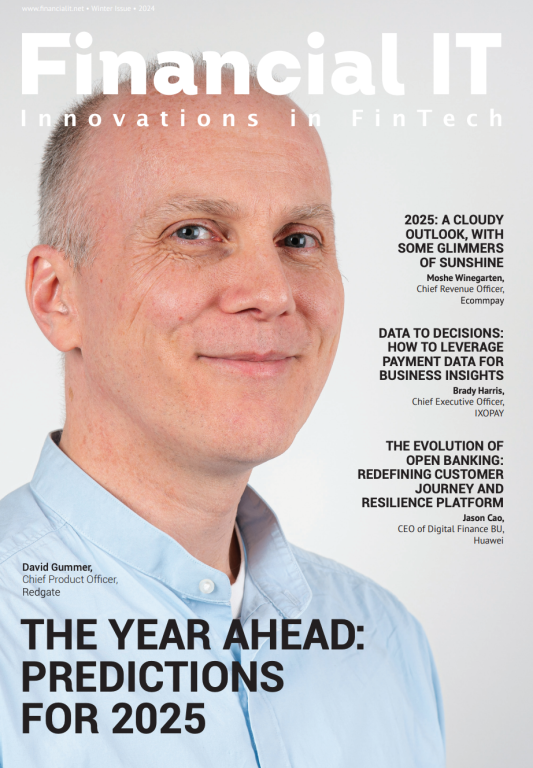Is Application Design the Key to the Future Branch Transformation?

- Christian Ball, Head of Retail – Atlantic Region at GFT
- 24.03.2017 11:30 am Branch Transformation
Digital transformation continues to disrupt traditional business models, raising doubts overthe very future of retail bank branches. Banks will need to adapt to this changing business landscape by defining, developing and testing new use cases for their proposed future business models.
Every bank will have its own model depending on its unique history, target segment and location. The change will affect the nature and function of the branch itself and requires the integration of the bank’s customer interaction model across channels, to ensure a smooth and coherent user experience in all customer segments.
All evidence points to the fact that the decline of ‘traditional’ bricks and mortar banks has been accelerated by the rise of digital banking in the UK and across the globe. More customers are choosing to bank online or use a mobile app rather than visit high street branches. The fall in absolute numbers has in some instances been as much as 50%. Forecasts for the next 5 years indicate that this decrease in branch visits will continue.
This trend supports the view that the physical branch is a dead prospect. However, the assumption that there is no long-term future for bank branches is being challenged. More evidence shows that the need for face-to-face customer engagement alongside a physical location to facilitate services remains important.
In 2016, a study by BT Global Services revealed the following:
- Up to 45% of customers ‘expect’ to have an in-branch wait for banking services and advice. 81% believe free wifi access would benefit their experience and 75% expressed positive interest toward online appointment booking.
- Customers favoured instant gratification services with 84% positively responding to branches that offered immediate issue of new debit and credit cards. Similarly, 67% would prefer to remotely deposit cheques than use postal or in branch services.
- Assisted self-service channels satisfy the customer desire to operate independently and to interact for advice and support when needed. 51% would like more staff who can advise on products and 69% would be more confident if that advice was also accessible through human interaction on the website. Tablet access to jointly research products with branch staff would appeal to 63%
In light of these statistics, it is clear that the ‘branch’ is here to stay and will not be confined to history. How banks design and develop an effective strategy (and use cases) for new branch models will require a detailed analysis of the three pillars underpinning the branch:accessibility, interaction and space.
The impact of these changes must be analysed and monitored to ensure the appropriate adjustments are made. These will enable financial institutions to adopt the new model quickly and efficiently; even the most gradual changes can sometimes lead to Application Design errors that require adjustment. The monitoring of these changes is supported by a new Branch Dashboard that will measure four different types of indicator:
- Counting: measure traffic in the general environs of the branch (clients walking past the branch, entering the branch, executing transactions)
- Performance: measure transactions compared with traffic
- Feedback: measure client satisfaction after visiting the branch
- Health: measure the accessibility of the branch, either with respect to human resources or technical devices
The process of branch adaptation means that in the future, the physical appearance of bank branches will change considerably; both in terms of their Application Design and also in the ways in which customers are served.Predictions over the death of the branch are premature, when in fact its role is simply changing. All evidence points to a desire across segments for some human interaction and engagement for most segments.
Banks have a balancing act to play in terms of meeting the needs of their digital savvy ‘early adaptors’ who carry out all their banking transactions on mobile or over the internet and the majority of customers who choose both the physical and digital banking worlds and use digital channels and physical branches in every combination imaginable.Branches are and will remain an important element in banking, acting as a gateway between what will remain physical in the customer-bank relationship, and what will become digital.





















